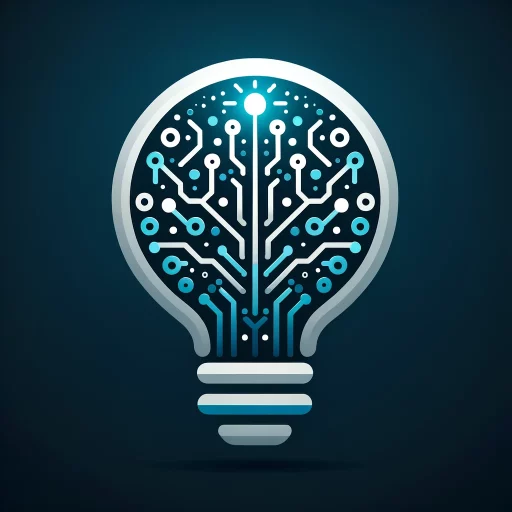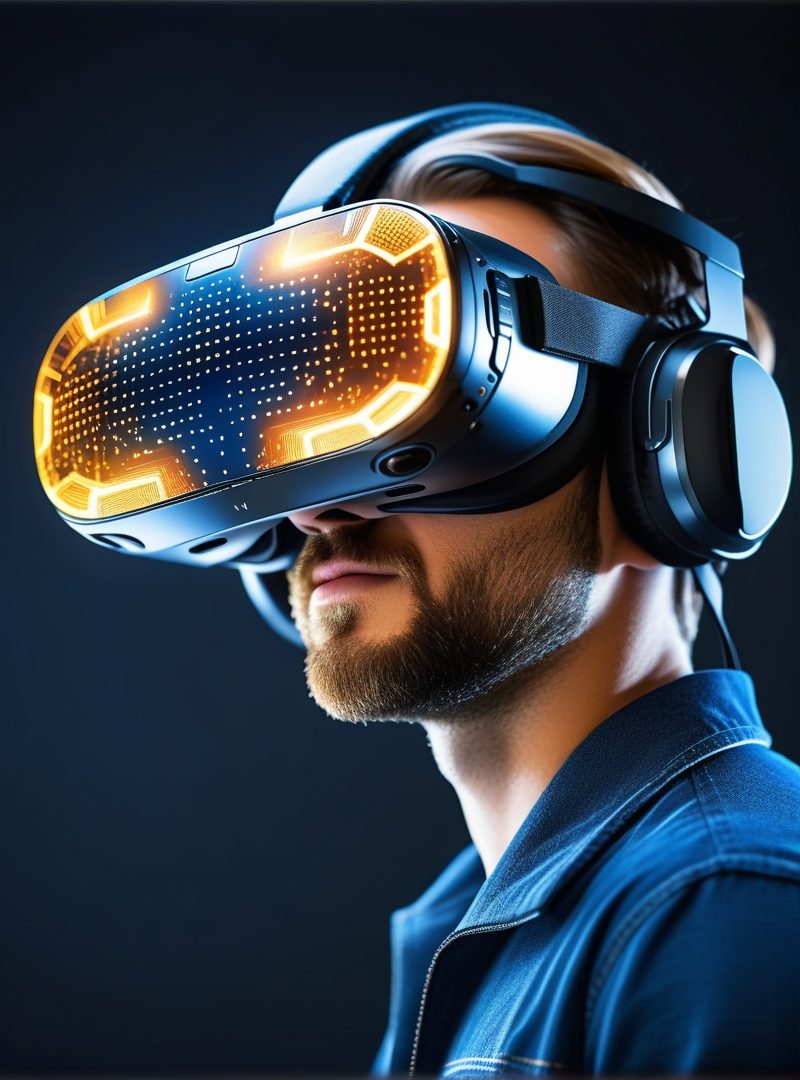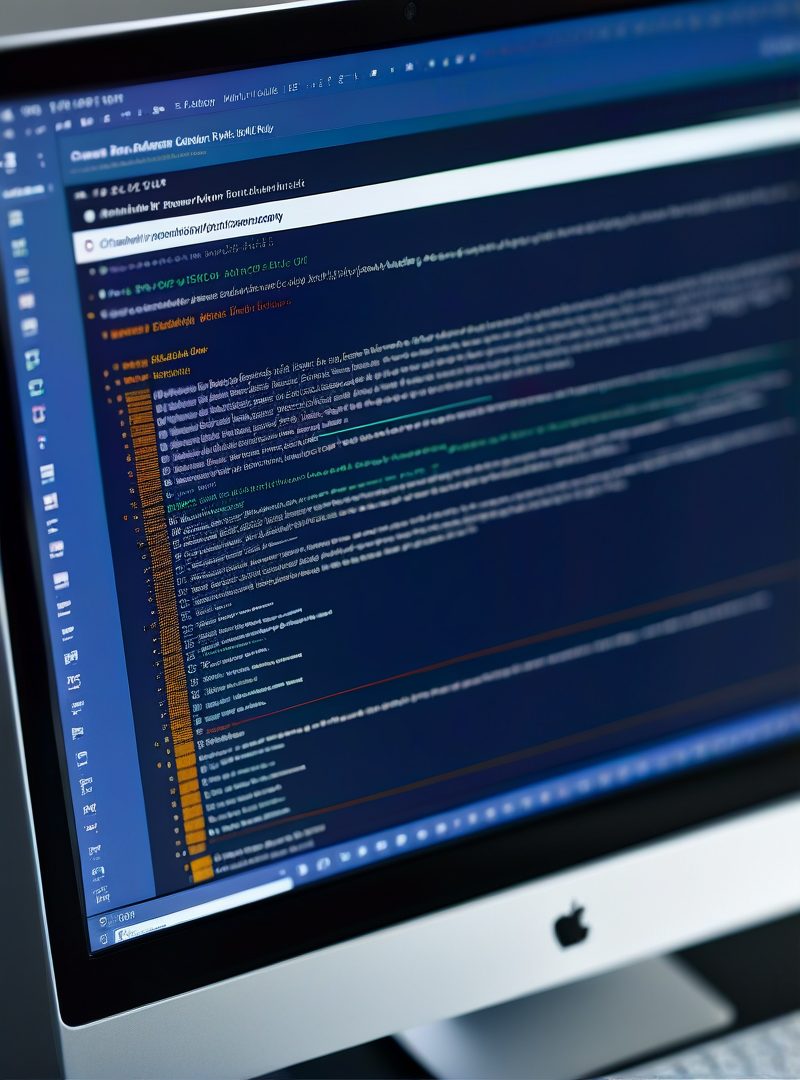Artificial Intelligence Art Generators
In today’s digital age, creativity and technology intersect in fascinating ways. One of the most exciting developments is the rise of artificial intelligence art generators online. These innovative tools allow anyone—from professional artists to curious hobbyists—to create stunning pieces of art with just a few clicks. In this comprehensive guide, we’ll explore what AI art generators are, how they work, and which platforms are leading the charge in this creative revolution. We’ll also share some effective prompt techniques to help you get the most out of these tools.
What Are AI Art Generators?
Artificial intelligence art generators are online tools that use machine learning algorithms to create artwork. These generators analyze a vast amount of data from various art styles and mediums to produce unique, often mesmerizing pieces. They can mimic famous artists, create abstract designs, or even produce entirely new styles.
How Do AI Art Generators Work?
At the core of AI art generators is a type of machine learning called neural networks. These networks are trained on thousands of images and learn to recognize patterns and styles. When you input a prompt or image, the AI uses this learned data to generate art. The process often involves:
- Data Input: Users upload an image or provide a text description.
- Processing: The AI analyzes the input, referencing its trained data.
- Generation: The AI creates a new piece of art based on the input and its learned patterns.
Why Use AI Art Generators?
Accessibility and Creativity
AI art generators make art creation accessible to everyone. You don’t need to be an experienced artist to create beautiful pieces. These tools empower users to experiment with different styles and techniques without the need for expensive materials or training.
Speed and Efficiency
Traditional art creation can be time-consuming. With AI art generators, you can produce stunning artwork in minutes. This speed allows for rapid iteration and experimentation, which is especially useful for designers and marketers who need quick turnarounds.
Inspiration and Exploration
AI art generators can spark creativity and inspire new ideas. By seeing how an AI interprets your prompts, you might discover new artistic directions or concepts you hadn’t considered before.
Top AI Art Generators Online
Here are some of the leading AI art generators that you can explore today:
1. DeepArt
DeepArt uses neural networks to turn your photos into artwork inspired by famous artists like Van Gogh or Picasso. Simply upload your photo, choose an art style, and watch as DeepArt transforms your image into a masterpiece.
2. Artbreeder
Artbreeder allows users to blend different images to create unique artwork. You can adjust various parameters like color, style, and form to produce something entirely new. Artbreeder is especially popular for creating character portraits and landscapes.
3. NightCafe
NightCafe offers both a text-to-image AI art generator and a style transfer tool. You can describe the scene you want to create, and NightCafe will generate it for you. Alternatively, upload an image and apply different art styles to it.
4. Runway ML
Runway ML provides a suite of AI tools for artists, including an art generator. It’s known for its versatility and is used by professionals in various fields, from fashion to film.
5. DeepDream Generator
DeepDream Generator creates surreal and abstract images by enhancing patterns in your photos. It’s based on a neural network developed by Google and is perfect for creating psychedelic art.
Effective Prompt Techniques
Creating captivating AI-generated art often depends on how you prompt the AI. Here are some techniques to help you get the best results:
1. Be Descriptive and Specific
When using text-to-image generators, the more detail you provide, the better the output. For example, instead of saying “a tree,” you might say “a majestic oak tree in autumn, with golden leaves and a setting sun in the background.”
2. Use Stylistic References
Mention specific art styles or artists to guide the AI. For example, you could prompt “a landscape in the style of Claude Monet” or “a portrait with Picasso’s cubist influence.”
3. Combine Unusual Elements
Mixing unrelated concepts can produce unique and intriguing art. For instance, “a futuristic cityscape with medieval architecture” or “a dragon flying over a modern metropolis.”
4. Experiment with Abstract Concepts
AI art generators excel at creating abstract art. Try prompts like “the essence of happiness in abstract form” or “chaos and order intertwined.”
5. Iterate and Refine
Don’t be afraid to refine your prompts based on the AI’s output. Start with a broad idea and then add or adjust details to get closer to your vision.
How to Get Started
Step 1: Choose the Right Platform
Consider what you want to achieve with your art. Are you looking for realistic transformations, abstract designs, or a specific art style? Choose a platform that aligns with your goals.
Step 2: Experiment with Inputs
Upload different photos or try various text prompts to see how the AI responds. Experimentation is key to discovering what each tool can do.
Step 3: Adjust Parameters
Many AI art generators allow you to tweak settings like color, style intensity, and more. Play around with these parameters to fine-tune your artwork.
Step 4: Save and Share Your Art
Once you’re happy with your creation, save it to your device. Many platforms also allow you to share your artwork directly to social media or download it in high resolution.
Conclusion
Artificial intelligence art generators online are revolutionizing the way we create and experience art. Whether you’re an artist looking for new tools, a marketer seeking unique visuals, or simply someone who loves to create, these AI-powered platforms offer endless possibilities. Dive into the world of AI art today and unleash your creative potential.
For more tips on leveraging technology in your creative projects, stay tuned to our blog and follow us on social media. Happy creating!


